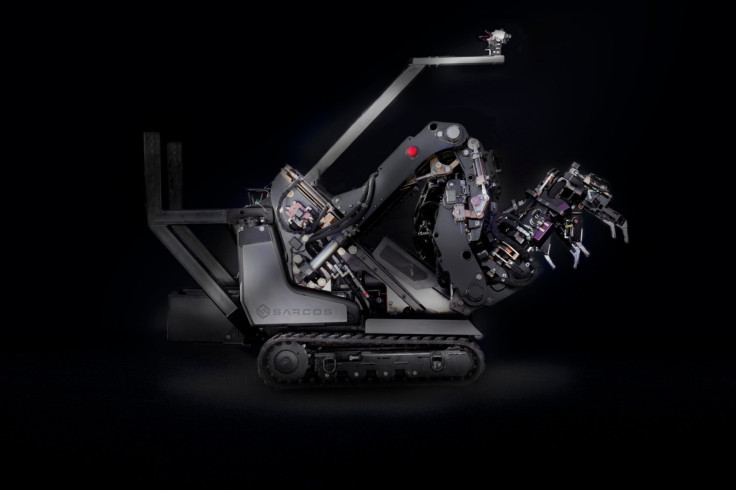Watch this robot with 7ft long arms lift over 500lbs with ease
The robot can work effectively in dangerous environments with the dexterity of human arms.
Built by Sarcos Robotics, the Guardian GT is a robot that is entirely controlled by a human operator. The robot looks like a large, souped-up version of Wall-E with its seven feet long arms and track treads.
The remote controllers that are needed to operate the machine are not simple handheld joypads, rather, it is an exoskeleton-looking bodysuit that is designed to help with piloting the machine. It includes a camera that offers a first person view to the operator via a compact VR- style headset.
Makers of Guardian GT have noted that the arms and positioning of cameras that act as eyes of the robot are kinematically equivalent. In other words, it has a shoulder, elbow, and wrist ratio between joints that is similar to humans.
"So it's very intuitive. That kinematic equivalent concept enables a brand new operator with no training at all to be able to get into the machine," said Ben Wolff, CEO of Sarcos.
The robot itself looks imposing, but its fluid movements that perfectly replicate human arms are not jerky in any way as one would come to expect from industrial robots. According to Wired, the dexterity of the robotic arm is a result of custom parts and clever actuators.
It can lift over 220kg (485lbs) and its arms have a reach of seven feet. Using force feedback, operators can "feel" something when the robotic arms touch it, which allows for enhanced dexterity.
Force feedback also means that not only will the robot be able to convey touch of small objects such as switches and buttons to the human operator, it also gives them a sense of lifting heavy objects.
When lifting a heavy weight, an operator who feels nothing might be detached from the actual scale of what is happening, so it provides some amount of "weight" when handling large objects. "So instead of lifting a thousand pounds you feel like you're lifting five," says Wolff.
The idea, according to Wolff, is to have robots work alongside humans, not replace them entirely. Especially in places like construction sites, notes the report. "I think the real role in work generally is for us to find as humans how to maximize the utility of robots. Allow them to do what they're really good at while still relying on what humans are best at, which is wisdom and judgment," added Wolff.






















